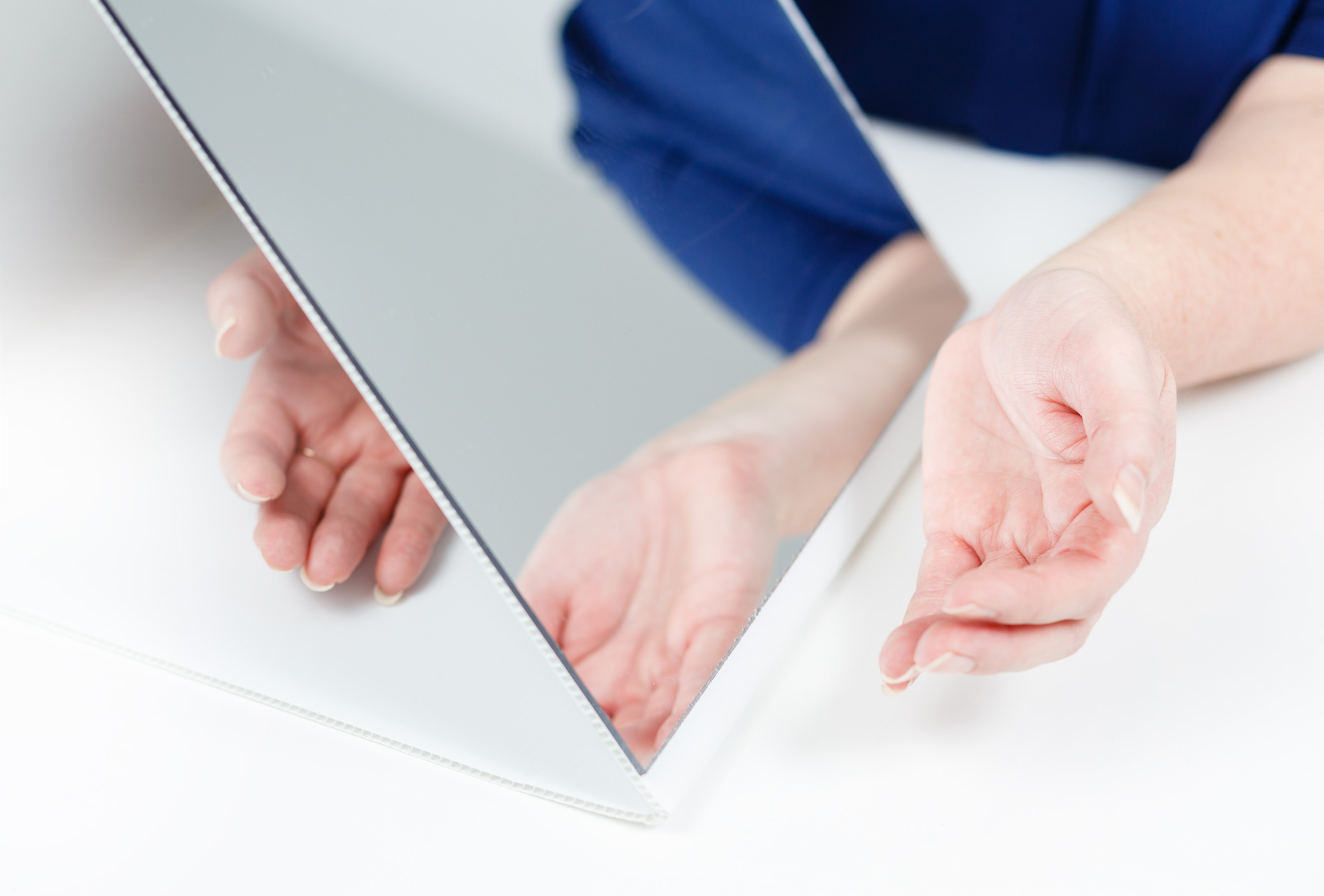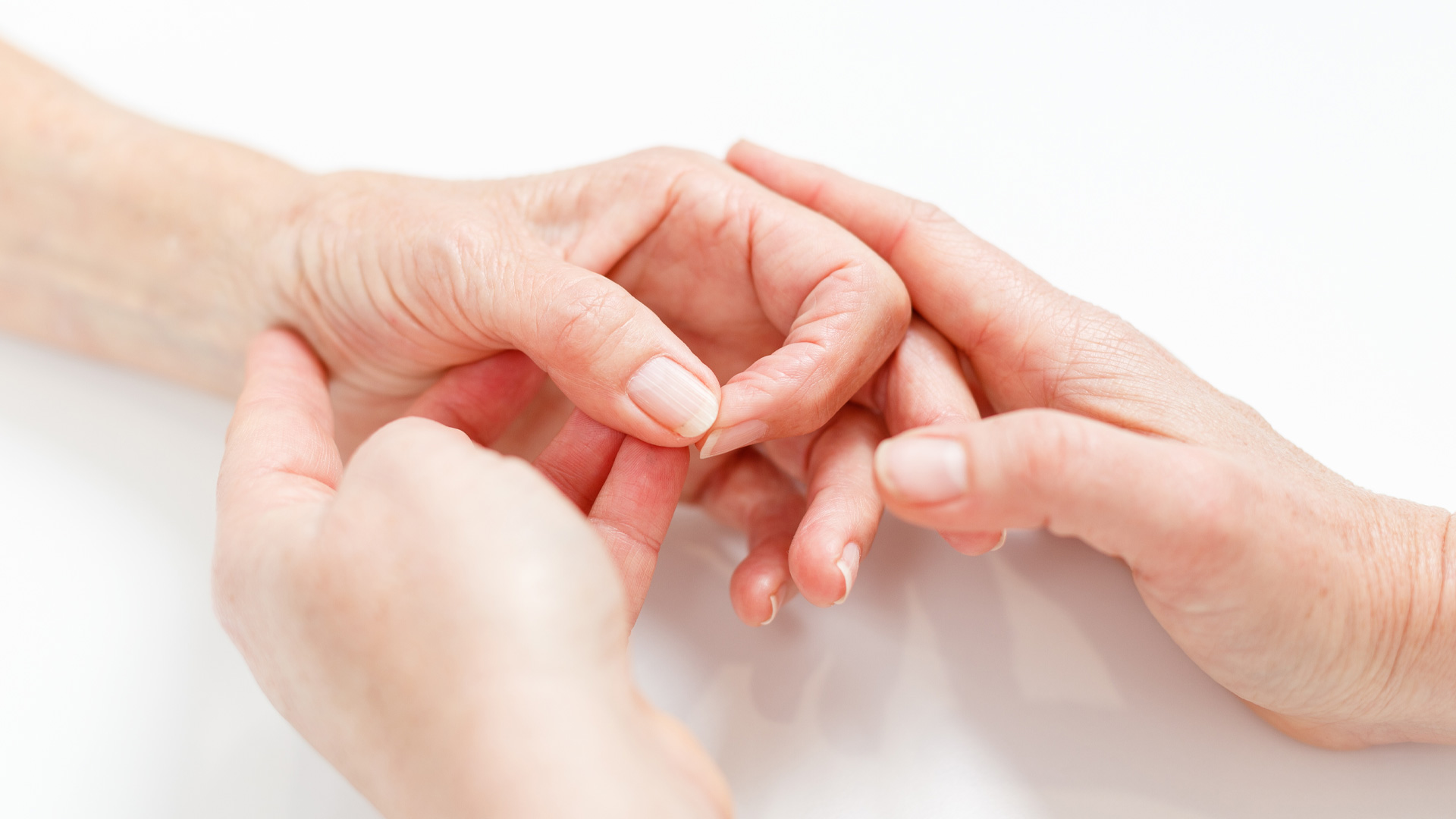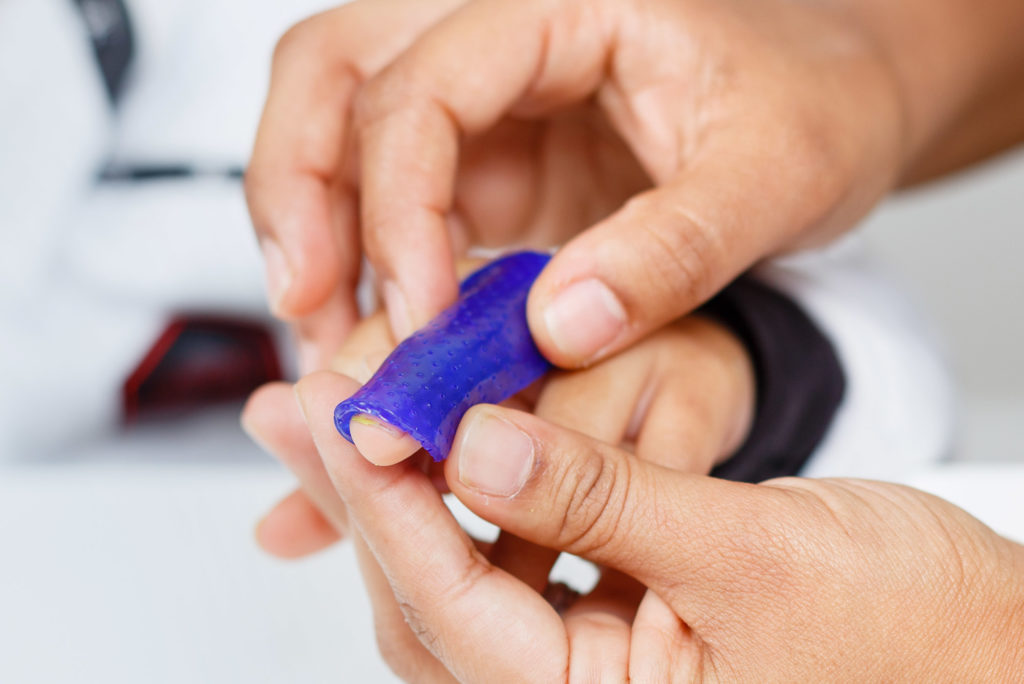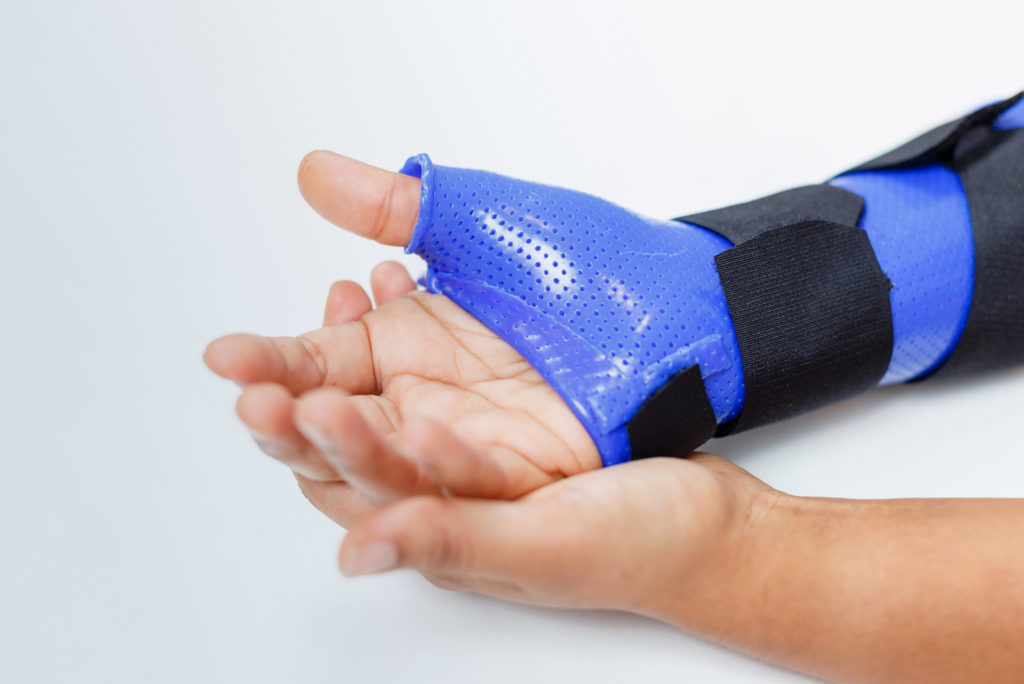Sensory re-education is offered to patients that have cut a nerve, particularly a big nerve in their arm or hand. The treatment we provide is designed to recover functional sensibility and to help them learn adaptive functioning.
After being repaired surgically, it can take weeks or even months before nerves grow back. That’s because nerves grow at approximately a millimetre per day. So, if your cut nerve is in your finger, sensation will come back much faster than if it’s up near your elbow.
Initially, the sensory training we do is educative. Where there’s numbness, it’s about helping you understand the things you need to be careful with and the ways you can compensate with your eyes for that sensation. For example, if you put a numb finger on a hot plate, you might not realise and it could burn through.
Once numbness eases and sensation starts to return, we can then start measuring sensation to track progress.
We also do activities that get patients to focus on what we call sensory re-training. This might involve hiding objects in sand or rice and getting them to look, feel, and identify them, to get back to normal ‘no-vision’ awareness.





